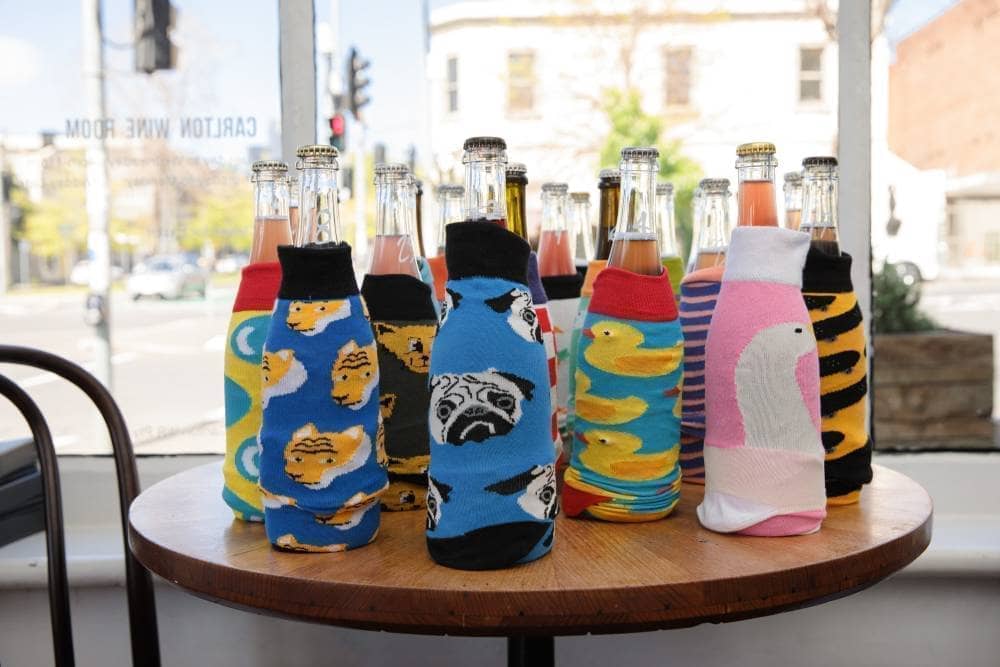Malbec is a French grape that has become much more synonymous with Argentina, where it dominates the country’s vineyards. In Australia, malbec is typically blended as a minor component, but with better vine material and new thinking, malbec’s personality is emerging from the shadows.
Also known as
Côt is malbec’s original name and one that is used in the Loire Valley and Cahors, where it is also called auxerrois (which is also, somewhat confusingly, the name of a white grape in Alsace).
What malbec tastes like
With a generally dark fruit profile, plums, dark cherries and blackberries, malbec can range from the deeply fruited and ruggedly tannic to more supple and silky expressions – typically those from Argentina, where the vine material is quite different to everywhere else.
Vineyard & winemaking
Malbec is a complicated proposition in the vineyard, with a susceptibility to various diseases during the growing season, as well as the vines being easily damaged by frost. It favours continental conditions, with sunny days matched by cool nights, which helps to keep the acidity in the grapes that would drop off in a narrower temperature range. In the winery, malbec can be raised successfully in oak, and carbonic maceration is not uncommon in Argentina. Outside of Argentina, where it is mainly bottled solo, malbec is typically blended with Bordeaux varieties.
Where is malbec grown?
Malbec is a French grape, often referenced as a grape of Bordeaux, though its presence there is not significant anymore, and certainly not in the loftier wines, being a more common blending component in the less-glamorous appellations that fringe those better known. It was once more prevalent, but a severe frost in 1956 saw many vines killed and replanted with cabernet sauvignon, merlot and cabernet franc. Malbec is grown in the Loire Valley, under the synonym côt, but it is most famously associated with Cahors, in the south-west. Cahors was similarly wiped out in 1956, with most vines killed, but malbec was replanted and in greater concentration, along with merlot and tannat, which are allowed in the blend up to 30 per cent, though many makers are now concentrating on malbec alone. The ‘black wines of Cahors’ have a long history, partly to do with the darkness of the grape and wine, but also to do with the traditional practice of boiling a portion of grape must to concentrate it before fermenting with the remaining fruit. Needless to say, this practice has all but died out.
Malbec around the world
While malbec is a French grape, it is very much the emblematic grape of Argentina, which accounts for the lion’s share of the world’s plantings. Though it is grown widely, the grape is most associated with Mendoza where the best examples are planted at significant altitude, building flavour and retaining freshness. Given that Argentine malbec was imported before phylloxera ravaged Europe, the vine material is quite distinct to that in France with smaller bunches and berries, and when coupled with the growing conditions, results in wines of generous and silky personalities, though not without the trademark tannins. Malbec also occupies a meaningful place in Chilean vineyards. Malbec has a strong presence in the US, principally as a blending variety in California to partner with the other Bordeaux varieties.
Malbec in Australia
There are less than 600 hectares of malbec planted in Australia, with plantings fluctuating over the years. In fact, that’s not a lot more than were planted in 2000, but the grape had sunk to around 360 hectares by 2008, mainly as a result of inferior vine material being removed. The resurgence is an encouraging one, with better clones no doubt leading to the prospect of better wines. Unusually, malbec didn’t come into this country with the Busby Collection, but rather in 1844, courtesy of the Macarthur family. Frank Potts planted it in the 1850s in Langhorne Creek when he founded Bleasdale, and it is still proudly made at the winery in several iterations. Malbec also made some inroads into the Clare Valley, where it is famously made solo and in a blend with shiraz from Wendouree’s ancient vines. It is certainly a grape more commonly blended, and usually in smaller proportions with cabernet family varieties, but makers like Cullen’s Vanya Cullen give it more sizeable slices or even the majority role in blends, helping to ink in a brighter identity and future for the grape in this country.
Photo of malbec grapes seen here, courtesy of Hither & Yon vineyard.
Some of the best Australian malbec
Bleasdale
Bremerton
Hither & Yon
Wendouree


